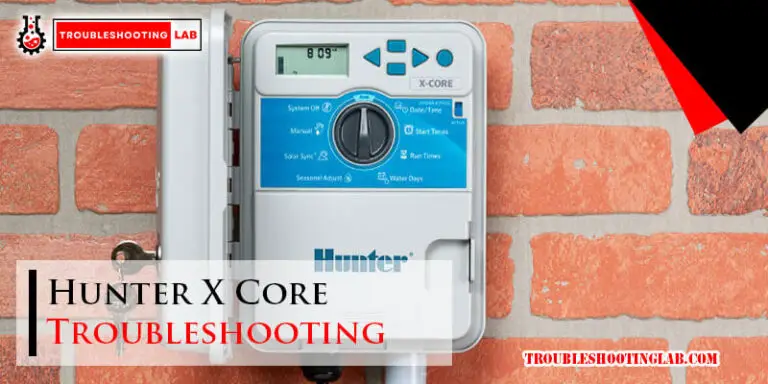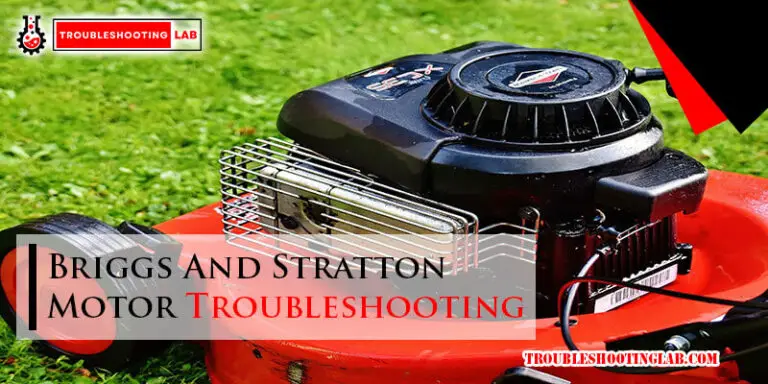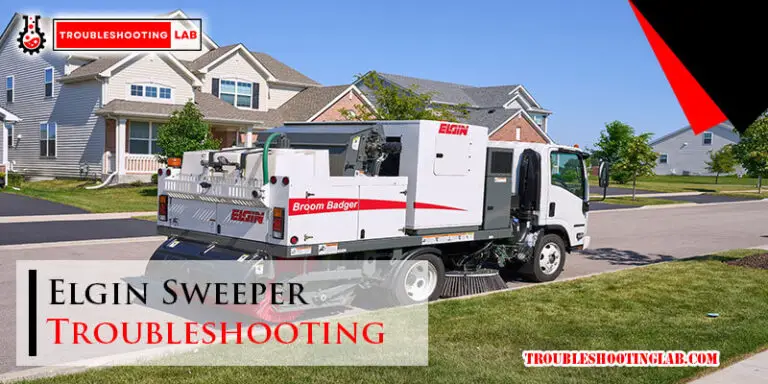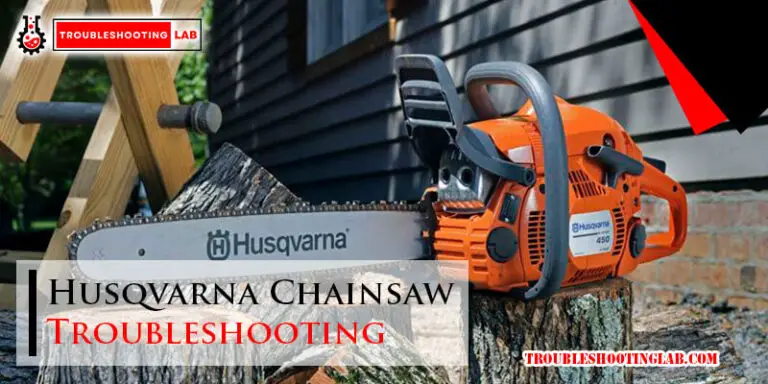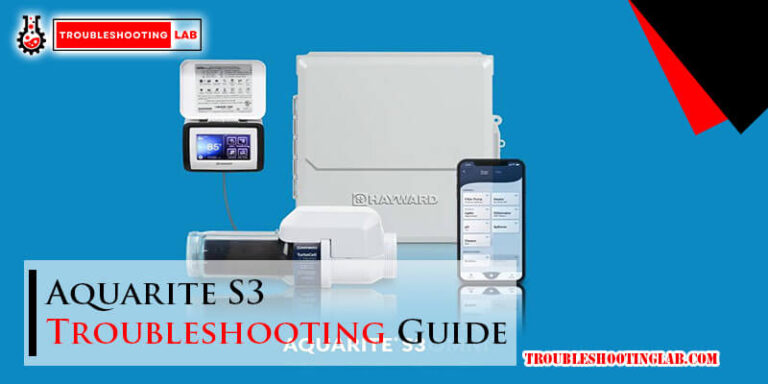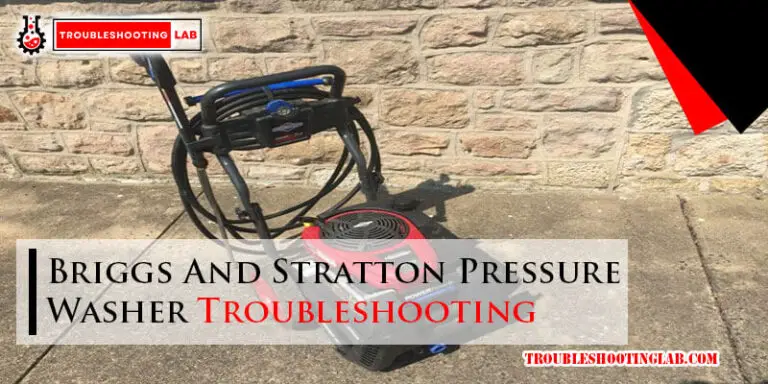Watchdog Sump Pump Troubleshooting: Quick Fixes Guide
Is your basement damp and musty? You may have a sump pump issue on your hands.
When your watchdog sump pump, the silent guardian against flooding, starts acting up, frustration and worry can quickly set in. But don’t let panic take over! Instead, uncover the secrets to efficient troubleshooting right here. Imagine the peace of mind knowing your home is protected from the unpredictable forces of nature.
With clear guidance and practical tips tailored for you, this article will empower you to diagnose and fix common problems. Whether your pump is making strange noises or failing to start, you’re about to gain the confidence to tackle these challenges head-on. Are you ready to ensure your sump pump stands vigilant once more? Let’s dive in and restore your home’s safety together.
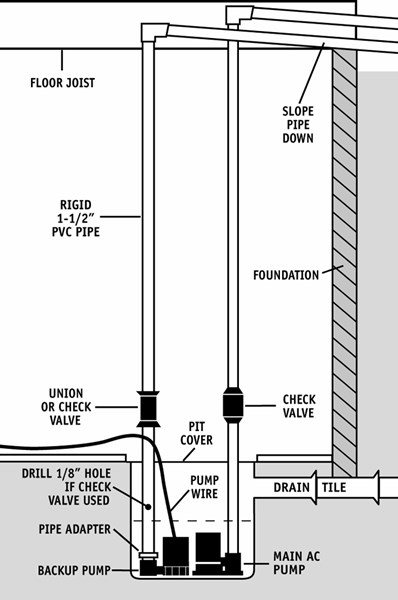
Credit: www.basementwatchdog.com
Common Issues
Dealing with Watchdog sump pump issues can be frustrating. Understanding common problems helps in quick fixes. This guide covers frequent issues you might face. Each problem is straightforward to understand and resolve.
Power Failure
A power failure is a common problem with sump pumps. Check if the unit is plugged in properly. Inspect the circuit breaker for tripping. A backup generator can be a lifesaver during outages.
Pump Not Activating
If the pump is not activating, check the float switch. Sometimes debris might block it. Ensure the switch moves freely. Inspect the control panel for any faults. Connections should be tight and secure.
Excessive Noise
Excessive noise can indicate a problem. Check for debris in the pump. Clean the impeller if needed. Loose fittings might also cause noise. Tighten any loose connections.
Inspecting The Power Source
Inspecting the power source is crucial when troubleshooting a Watchdog sump pump. A faulty power connection can lead to a host of problems, including the pump failing to operate during critical moments. If you’ve ever found yourself in a situation where your basement was slowly turning into a swimming pool, you know how vital it is to ensure your sump pump is always ready for action. Let’s dive into the key areas you need to inspect to make sure your pump is powered up and ready to go.
Check For Tripped Breakers
One of the simplest steps in power source inspection is to check for tripped breakers. Head to your home’s electrical panel and look for any breakers that might have switched to the “off” position. A sudden surge or overload can cause this, leaving your sump pump powerless. Resetting a tripped breaker is easy and might be all that’s needed to get your pump back in action.
Inspect The Power Cord
Don’t overlook the power cord. A damaged or frayed cord can disrupt the power supply to your pump. Take a close look for any visible signs of wear and tear. If you spot any issues, it’s time to replace the cord. It’s a small investment that can save you from major headaches down the line. Have you ever had to replace a power cord in a hurry? It’s never fun, but it’s necessary.
Test The Outlet
Ensure the outlet is functioning properly. Plug another device into the same outlet to confirm it’s working. Sometimes, outlets can lose power due to wiring issues or external damage. If the outlet is dead, try a different one or consult an electrician to avoid further complications. Have you checked your outlets recently? It’s a small step that can make a huge difference.
Inspecting the power source might seem straightforward, but these checks can prevent a minor issue from becoming a major disaster. Taking a few moments to verify these components ensures your sump pump is ready to tackle any storm that comes your way. Are you prepared for the next heavy rain? Make sure your power source is, too!
Assessing The Float Switch
Assessing the float switch is crucial in troubleshooting Watchdog sump pumps. Ensure it moves freely without obstructions. A stuck float switch can prevent the pump from activating, leading to potential flooding. Regular checks help maintain efficient operation and avoid water damage.
Assessing the Float Switch is a crucial step in troubleshooting your Watchdog sump pump. This small but vital component can make the difference between a dry basement and an unexpected flood. A malfunctioning float switch might prevent your pump from activating when needed, leading to potential water damage. Let’s dive into how you can ensure your float switch is in top condition.Ensure Unobstructed Movement
Your float switch should move freely within its range. Obstructions can prevent it from rising or falling, leading to improper pump operation. Check for debris or objects around the float that could hinder its movement. It’s surprising how often a simple toy or piece of trash can cause big problems. Test the movement by manually lifting the float switch. Does it move smoothly? If not, you might need to reposition or remove any blockages. Imagine the relief of knowing your pump will activate just when you need it.Inspect For Damage
Damage to the float switch might be less visible but equally problematic. Look for cracks or wear that might interfere with its functionality. Even minor damage can escalate into a major failure. Consider the float switch like a trusted friend—you wouldn’t rely on someone who’s injured to help you in a crisis. Ensure the wiring is intact and free from corrosion. A compromised wire might be the silent culprit behind a non-responsive pump.Adjust The Float Position
Positioning the float correctly can solve multiple issues. If it’s too low, the pump might activate too late, risking overflow. Too high, and the pump could run excessively, wasting energy. Experiment with slight adjustments to find the sweet spot. You might be surprised how even a small change can optimize performance. Ask yourself, is your float switch positioned to react at the right moment? Remember, a well-adjusted float switch is your first line of defense against flooding. By taking the time to assess and adjust, you safeguard your home and peace of mind.
Credit: www.youtube.com
Clearing Clogged Discharge Pipes
Troubleshooting a Watchdog Sump Pump involves clearing clogged discharge pipes. Regular checks prevent flooding. Use a plumber’s snake to clear blockages. Avoid debris buildup by installing a filter. Proper maintenance ensures efficiency and prolongs pump life.
Clearing clogged discharge pipes in a Watchdog sump pump is crucial. Blockages can disrupt the pump’s efficiency. Water might overflow, causing damage to your property. Regular maintenance helps avoid these issues. Understanding how to clear clogged pipes is essential for homeowners. Follow the steps below to ensure your sump pump works smoothly.Locate The Clog
First, identify where the clog is. Check the discharge pipe for any visible blockage. Look for debris or buildup causing the obstruction. Sometimes, clogs occur at bends or joints in the pipe. Carefully inspect these areas for any signs of a blockage. Knowing the exact location helps in clearing the clog effectively.Use A Plumbing Snake
A plumbing snake can clear stubborn clogs. Insert the snake into the pipe slowly. Twist and push it through the blockage. This action breaks up the debris inside. Continue until you feel the pipe is clear. Remove the snake carefully, checking for any remaining debris. This method can be very effective in clearing clogs.Flush With Water
After using the snake, flush the pipe with water. Use a garden hose for strong water flow. This helps remove any leftover debris. Ensure the water runs freely through the pipe. Check the discharge end to see if water flows smoothly. This confirms the clog is completely cleared. Regular flushing prevents future blockages.Dealing With Excessive Noise
Troubleshooting a noisy Watchdog sump pump involves checking for loose parts or debris. Inspect the pump and clean it regularly. Tightening screws and removing obstructions can reduce excessive noise. Regular maintenance ensures smooth operation and minimizes disruptions.
Dealing with excessive noise from your Watchdog sump pump can be frustrating. A noisy pump might indicate underlying issues. Identifying these problems early can prevent damage. Addressing noise ensures your pump operates smoothly.Check For Loose Parts
Loose parts often cause unwanted noise in a sump pump. Inspect all visible parts for looseness. Tighten any screws or bolts you find loose. This simple step can reduce noise significantly. Ensure the pump is securely attached to its base. A stable base reduces vibrations and noise.Inspect The Impeller
The impeller plays a vital role in pump function. Debris can clog or damage the impeller. A blocked impeller makes a grinding noise. Turn off the pump before inspecting. Remove any visible debris carefully. Ensure the impeller spins freely. This prevents future noise issues.Examine The Discharge Pipe
A noisy discharge pipe indicates blockages or air locks. Listen for any unusual sounds from the pipe. Check the pipe for blockages. Clear any debris you find inside. Ensure the pipe is securely connected. Tight connections prevent air locks and reduce noise.Addressing Pump Not Activating
Addressing a sump pump that doesn’t activate can be frustrating, especially when you’re relying on it to keep your basement dry. It’s a situation many homeowners encounter, often at the most inconvenient times. Knowing what to check first can save you from potential water damage and unnecessary stress. Let’s dive into some practical steps you can take to troubleshoot your Watchdog sump pump.
Verify Battery Backup
Start by checking the battery backup system. Is the battery charged? If you find it’s not, connect it to a power source. Ensure the battery is securely connected and free from corrosion. A weak or disconnected battery can prevent the pump from activating during power outages.
A faulty battery can be the silent saboteur of your sump pump’s operation. Regularly test the battery with a multimeter to ensure it’s holding the correct voltage. If the battery is old or damaged, consider replacing it to prevent future issues.
Test The Pump Manually
Next, try testing the pump manually. Unplug the pump from its power source and reconnect it directly to a different outlet. Is there a hum or vibration? If the pump activates, the issue might be with the original outlet or wiring. If not, the pump itself may require attention.
Another method is to manually lift the float switch. This simulates rising water levels and should activate the pump. If the pump springs to life, you know the float switch is functional. If it remains silent, the switch might be stuck or damaged.
Check For Overheating
Overheating is a common issue that can prevent your pump from activating. Feel the pump casing. Is it unusually hot? If so, allow it to cool down before testing again. Overheating can be caused by debris clogging the pump or a motor malfunction.
Ensure the pump is not running continuously. Continuous operation can lead to overheating and wear. Remove any visible debris and check the motor’s condition. If overheating persists, you might need a professional to inspect the motor for internal faults.
Remember, a proactive approach can save you from panic and damage. When your sump pump fails to activate, start with these simple checks. Have you ever faced a sump pump issue that led to unexpected flooding? Share your experience and let’s see if these tips could have helped.
Maintaining Your Sump Pump
Watchdog Sump Pump Troubleshooting ensures your pump operates smoothly. Regular checks help identify issues early, preventing water damage. Maintain efficiency by inspecting float switches, battery connections, and discharge lines.
Maintaining your sump pump is essential to ensure it functions properly when you need it most. A malfunction could lead to water damage in your basement, which is a headache no one wants. By taking a few simple steps, you can extend the life of your sump pump and keep your home dry and safe.Regular Cleaning
Keeping your sump pump clean is crucial. Dirt and debris can clog the pump, causing it to fail. I remember a time when my basement flooded simply because I hadn’t cleaned the pump for months. Regular cleaning involves removing any visible dirt and debris from the sump pit. This is something you can do every few months to ensure everything runs smoothly. It’s a small task, but it makes a big difference.Routine Testing
Testing your sump pump regularly is another key maintenance task. You don’t want to discover it’s not working during a heavy rainstorm. To test, pour a bucket of water into the sump pit. The pump should kick on and start removing the water immediately. If it doesn’t, you might need to check for clogs or mechanical issues. How often do you test yours? A quick test every couple of months can save you from a potential disaster.Battery Replacement
If your sump pump has a battery backup, replacing the battery is vital. Battery backups are lifesavers during power outages, but only if they’re charged and working. Check your battery at least once a year and replace it as needed. I once neglected this step and regretted it when a storm knocked out our power. It was a lesson learned the hard way. Do you have a reminder set for battery checks? It’s an easy way to ensure your backup is ready when you need it. By following these simple maintenance steps, you can keep your sump pump in top condition and avoid unexpected surprises. Are you ready to take the first step in maintaining your sump pump?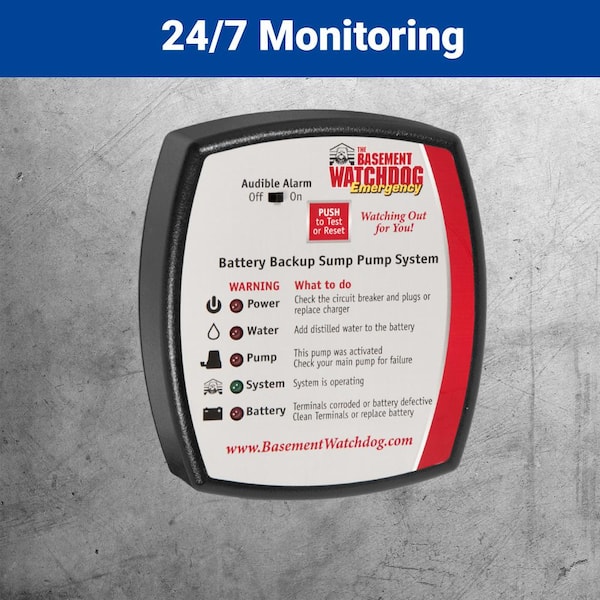
Credit: www.homedepot.com
Frequently Asked Questions
How Do I Reset My Watchdog Sump Pump?
Locate the reset button on the pump. Press it gently to reset.
Why Is My Sump Pump Not Turning On?
Check the power source. Ensure the pump is plugged in and the circuit is not tripped.
What Causes My Sump Pump To Run Continuously?
Float switch issues or a clogged discharge line can cause continuous running. Inspect both components.
How Often Should I Maintain My Sump Pump?
Inspect your sump pump every three months. Regular checks ensure it’s in working order.
Can I Fix A Sump Pump Myself?
Yes, minor issues like clogs can be fixed. Consult a professional for complex repairs.
Conclusion
Dealing with sump pump issues can be frustrating. Knowing the basics helps. Regular checks prevent major problems. Listen for unusual sounds. Check for leaks often. Keep the pit clean. Ensure the pump has power. If uncertain, consult a professional. It’s worth the peace of mind.
A well-maintained pump protects your home. Keeps your basement dry. Protects your belongings. Save yourself from future headaches. Implement these tips today. Enjoy worry-free living with a reliable sump pump. Your home deserves the best care. Remember, maintenance is key to longevity.
Stay proactive. Stay safe.

